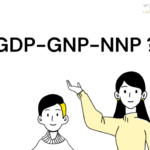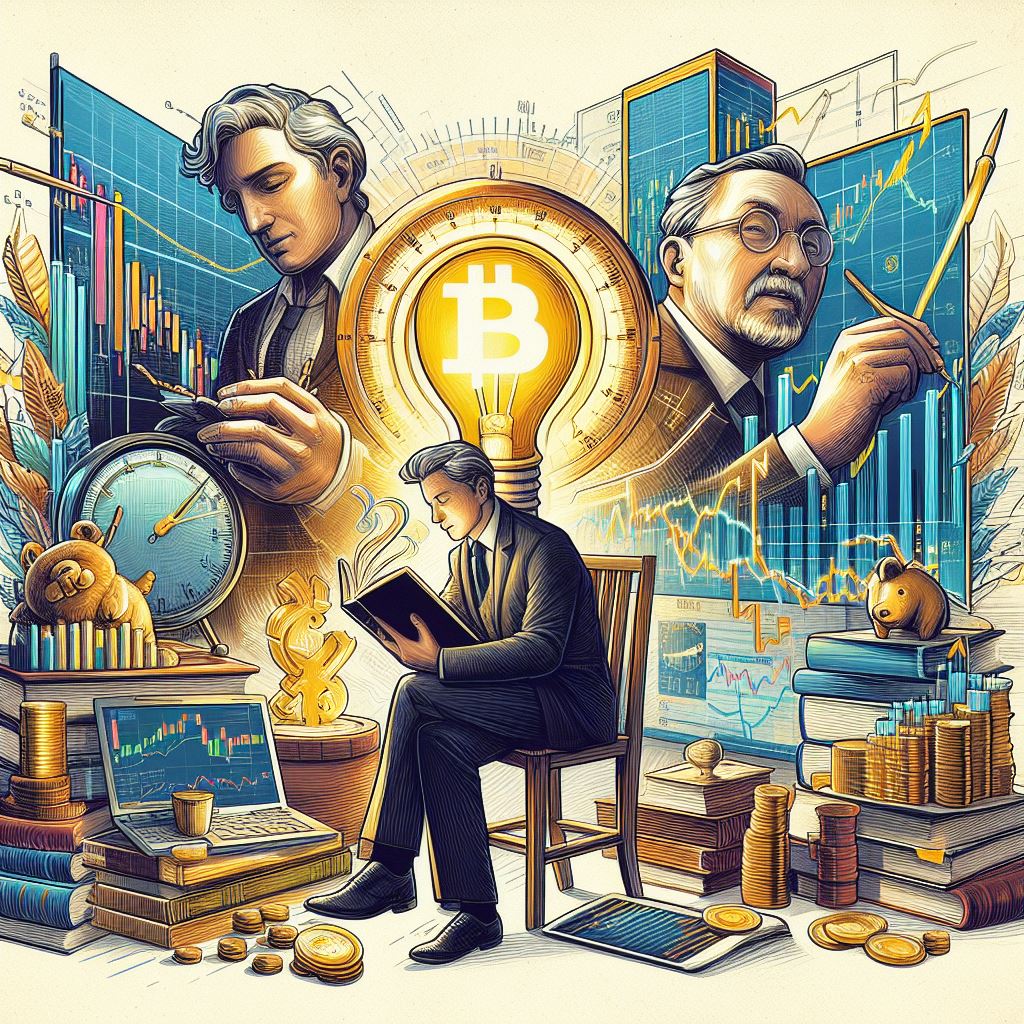“Labour” is a subject in the “Concurrent List” under the Constitution of India where both the Central and State Governments are competent to enact legislations subject, however, to reservation of certain matters for the Central Government.

1.The advent of Industry & the beginning of Industrial Relation.
- Concept of Industrial relation & Labour Laws.
- Organised & Unorganised Sector
- Objectives of Industrial Relation & Labour Laws
- Different approaches of Industrial Relation
- Labour – Definition & Concepts
- Labour welfare & its theory
- History of Industrial relation in India
- Pre-independence and post-independence Laws
- Acts applicable to Organised and Unorganised Sector
- Constitutional provisions related to industrial relation & Labour laws
- Trade union & Collective bargaining
- Labour code 2019 & 2020
- Factory act 1948
- Contract Labour Regulation & Prohibition act 1970
- Payment of wages Act 1936
- Minimum wages act 1948
- Payment of Bonus act 1965
- Equal remuneration act 1976
- National Commission on Labour
- International Labour Organisation.
- Importantly asked questions
SHORTS NOTES OF INDUSTRIAL RELATION AND LABOUR LAWS
The advent of Industry & the beginning of
Industrial Relation.
Industrial Revolution had begun in 1800 & the importance of Industrialisation emerged out.
Because of Rapid industrialisation, Industry and Labour legislation were inclined towards the benefits of the employer. Labour legislation was governed by the doctrine of Laissez-faire, hire & fire policy and Demand & Supply. This result in low wages, non-hygienic habitat, lack of security & poor condition of migrant labourers. This led to a conflict between management & workers. That hampered the growth of a nation.
Finally, few points had been realised by the world mention below –
- None of the Nations can have sustainable development without the interest of workers.
- Workers are the human and they must be treated like humane.
- Labour is actually a human resource and we must have to utilize it wisely.
- There must be a harmonious relationship between management and employee for consistent economic growth.
- And thus, a peaceful relation established between the management and workers for the overall growth of a nation called “Industrial Relation”. However, their contradictory nature is the reason for the enforcement of some government laws that make this relation harmonious and these laws are known as Labour laws.

Concept.
Relation between two Societies employer/Owner/Entrepreneur/Contractors/Management and employee/workers/Labourers/contract-labourers. It also involved in organising the workers, its participation in decision making, dispute settlement, collective Bargaining etc. It also focuses on the improvement of the economic conditions of workers.
Now, this industrial relation is managed by some rules and regulation called labour or employment or industrial relation. The aim of these laws is to protect workers against their exploitation, social justice.
Organised and Unorganised Sector….
| ORGANISED SECTOR | UNORGANISED SECTOR |
| Regulated by Government | Not regulated by Government |
| Employees have assured work | Don’t have assured work |
| Term/Tenure are fixed and regular | Neither fixed nor regular |
| Follows Government rules and regulations | Doesn’t follow Government rules and regulations |
Objectives of Industrial Relation & Labour laws…..
- Enhance the economic status of the workers
- Regulate production by minimizing industrial conflict
- Socialize industries
- Provide an opportunity for the workers
- Improve workers strength
- Avoid industrial conflict between labour and management
- Maintain industrial democracy
- To improve industrial relation
- Minimize the industrial disputes
- Protect workers from exploitation
- Help workers in getting fair wages
- Minimise the labour unrest and reduce conflict and strike
- Ensuer jobs security for workers
Different Approaches of Industrial Relation…..
UNITARY APPROACH…..
Based on the proposition that ” There is only one source of authority and this is the management which owns and controls decision, negotiation and bargaining. Under the unitary approach, industrial relations are grounded in mutual co-operation, individual treatment, team works and shared goals. Workplace conflict is seen as a temporary aberration. Unions cooperate with the management and accept the override power of management. Emphasize reactive industrial relation and its strategy is based on direct negotiations with employers. Participation of government, tribunals and union is not sought or is seen as being necessary for achieving harmonious employee relations. Criticism- seducing employees away from unionism and socialism, manipulation and exploitation.
PLURALISTIC APPROACH……
Based on the assumption that the organisation is composed of individuals from distinct groups with their own set of aims, objectives, leadership styles and value propositions. It considers the conflict between management and employees are rational and inevitable. The role of management is to mediate amongst the different interest groups. Trade unions as legitimate representatives of employee interests. Based on the assumptions that the organisation is composed of individuals from distinct groups with their own set of aims, objectives, leadership styles and value propositions. It considers the conflict between management and employees are rational and inevitable. The role of management is to mediate amongst the different interest groups.
MARXIST OR RADICAL PERSPECTIVE / APPROACHES…..
It is based on the proposition that the economic activities of production, manufacturing and distribution are mainly governed by the objective of profit. It also regards that conflict between employer and employees as inevitable. Conflict arises not only because of competing interests within the organization but also because of the division within society between those who own or manage the means of production and those who have only their labour to offer. Industrial conflicts are thus seen as being synonymous with political and social unrest.
PSYCHOLOGICAL APPROACH…
According to this approach differences in the perceptions of employers and workers give rise to problems of employer-employee relations. Employer and employee consider each other less appreciative of the others’ position and less dependable than himself. The perceptions in addition dissatisfaction with pay, working condition, nature of the jobs etc. Causes frustration and aggression on the part of workers. These in turn lead to strikes, Gherao, Boycott and Works to rule, etc. Similarly, employers resort to lockout and others forms of protest on account of frustration over market conditions, Government policies and other constraints.
SOCIOLOGICAL APPROACH…..
The industry is part of society and it is a community made up of individual and groups with different family background, educational level, personalities, emotions, likes and dislikes, etc. These differences in individual attitudes and behaviour create problems of conflict and cooperation in the industry. The value systems, customs, status symbols and institutions of the society in which industry functions affect relations between the parties involved. Urbanisation, housing and transport problems in industrial areas, the disintegration of the joint family system, and other social problems cause stress and strains along with workers. The social and cultural changes shape behaviour patterns and cause an adjustment in employer and employee relations. There cannot be harmony and peace in the industry when society is in turmoil.
HUMAN RELATIONS APPROACH….
The industry consists of living human beings who want freedom of thought and expression and control over their lives. When employers treat workers as inanimate objects and encroach upon their interests and desires, conflict and dispute arise.
Workers want the security of service, good pay and working conditions, recognition for a job well done, opportunity to participate in decision-making. Employers must understand the needs, attitudes and aspiration of workers.
The human relation approach explains the behaviour of individuals and groups at works and helps in modifying or utilizing such behaviour towards the achievement of organisational objectives. If management and labour both understand and apply the human relation approach to their mutual relations industrials conflict can be minimised. The human relation approach is inter-disciplinary in nature because knowledge drawn from several disciplines likes psychology, sociology, anthropology, economics and political sciences is used in it.
GIRI APPROACH…
According to Shri V.V.Giri, collective bargainings and mutual negotiation between management and labour should be used to settle industrial disputes. He suggested that there should be bipartite machinery in every industry and every unit of the industry to settle difference from time to time with the active encouragement of the government.
GANDHIAN APPROACH…
In this approach employer-employee relations is based on the fundamental principles of truth, non-violence and non-possession. If the employers follow the principle of trusteeship, there is no scope of conflict of interests between them and labour.
Gandhi ji accepted the worker’s right to go on strike but they should exercise this right in a peaceful and non-violent manner. workers should resort to strike for just cause and after the employers fail to respond to their moral appeals.













